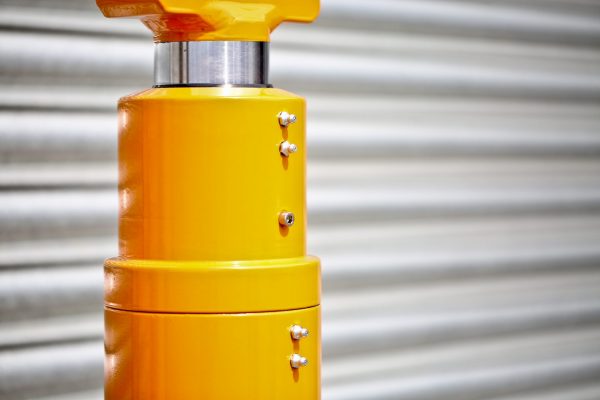
Benefits
- Small compact design offering a long stroke
- Perfect when space is at a premium
- Good initial lift off capability in extension
Disadvantages
- The force reduces with each section change during extension
- Retraction force is limited by the smallest stage area
- The cylinder speed increases with each change in stage
- More complex design therefore more costly than other types of cylinders






